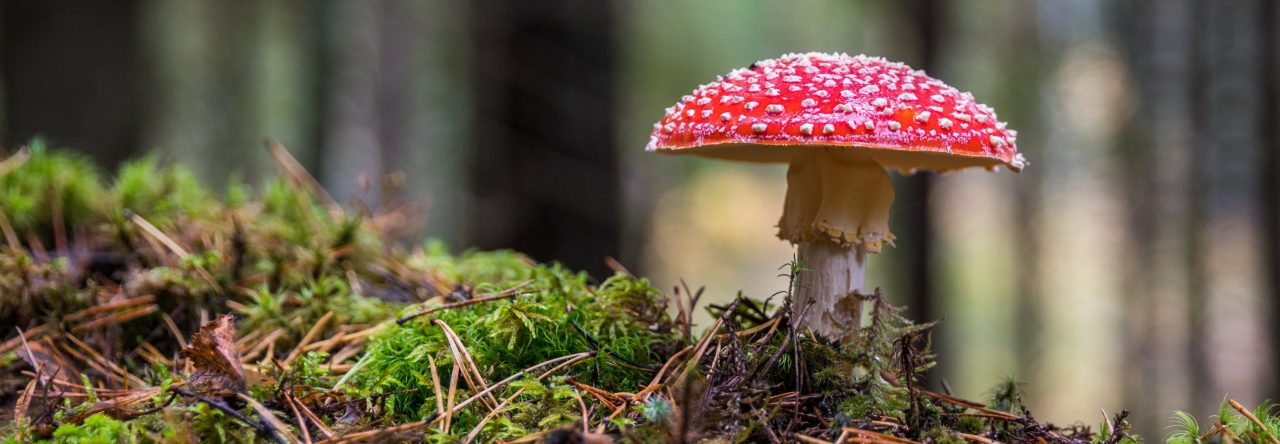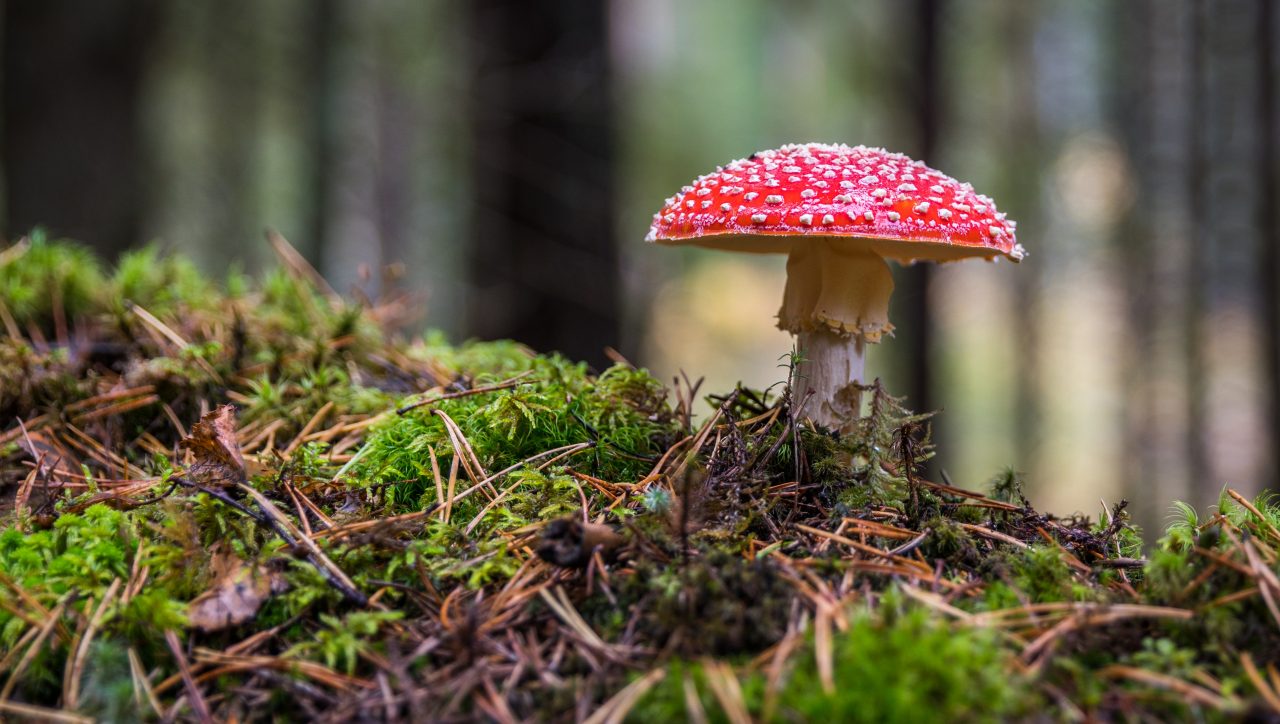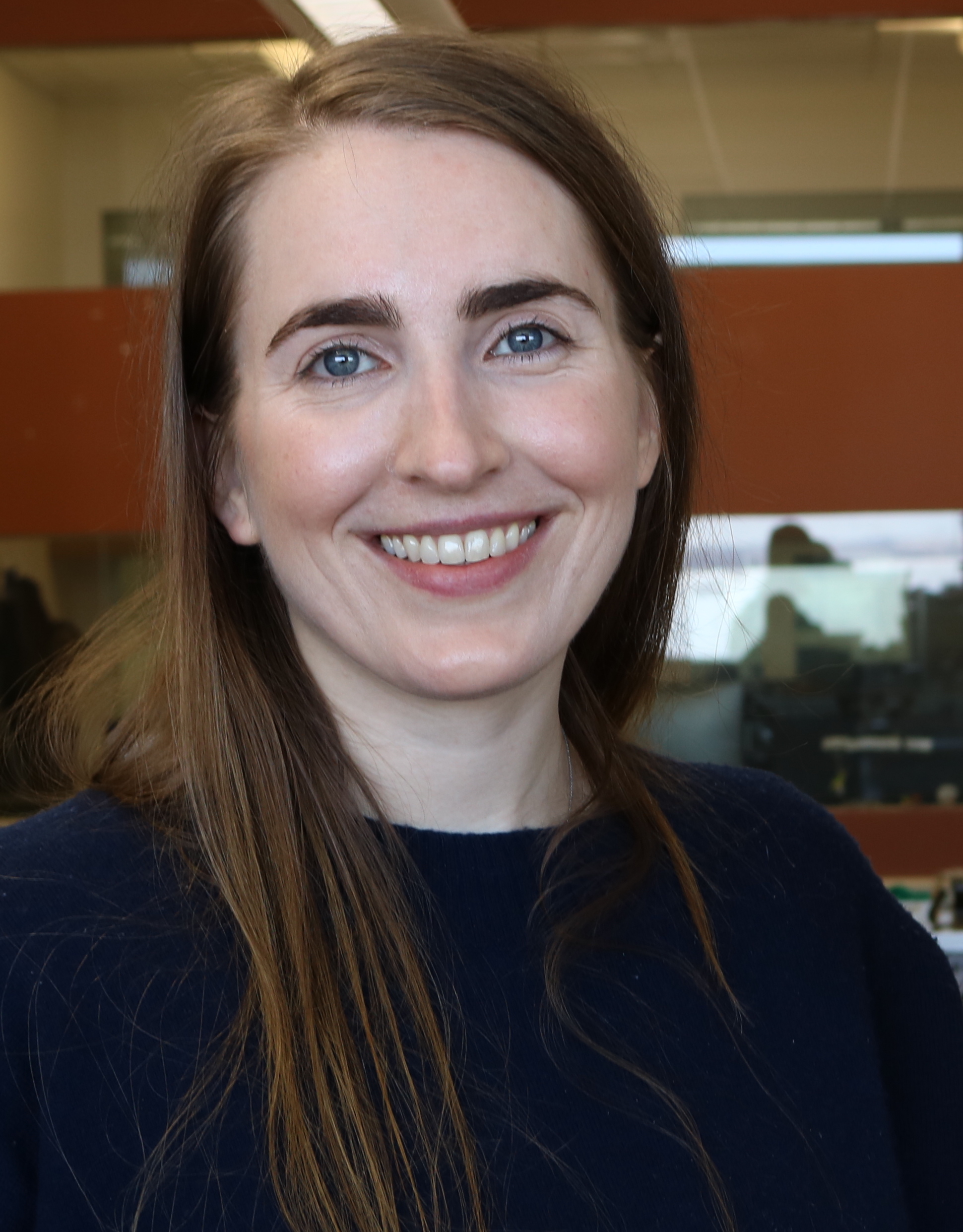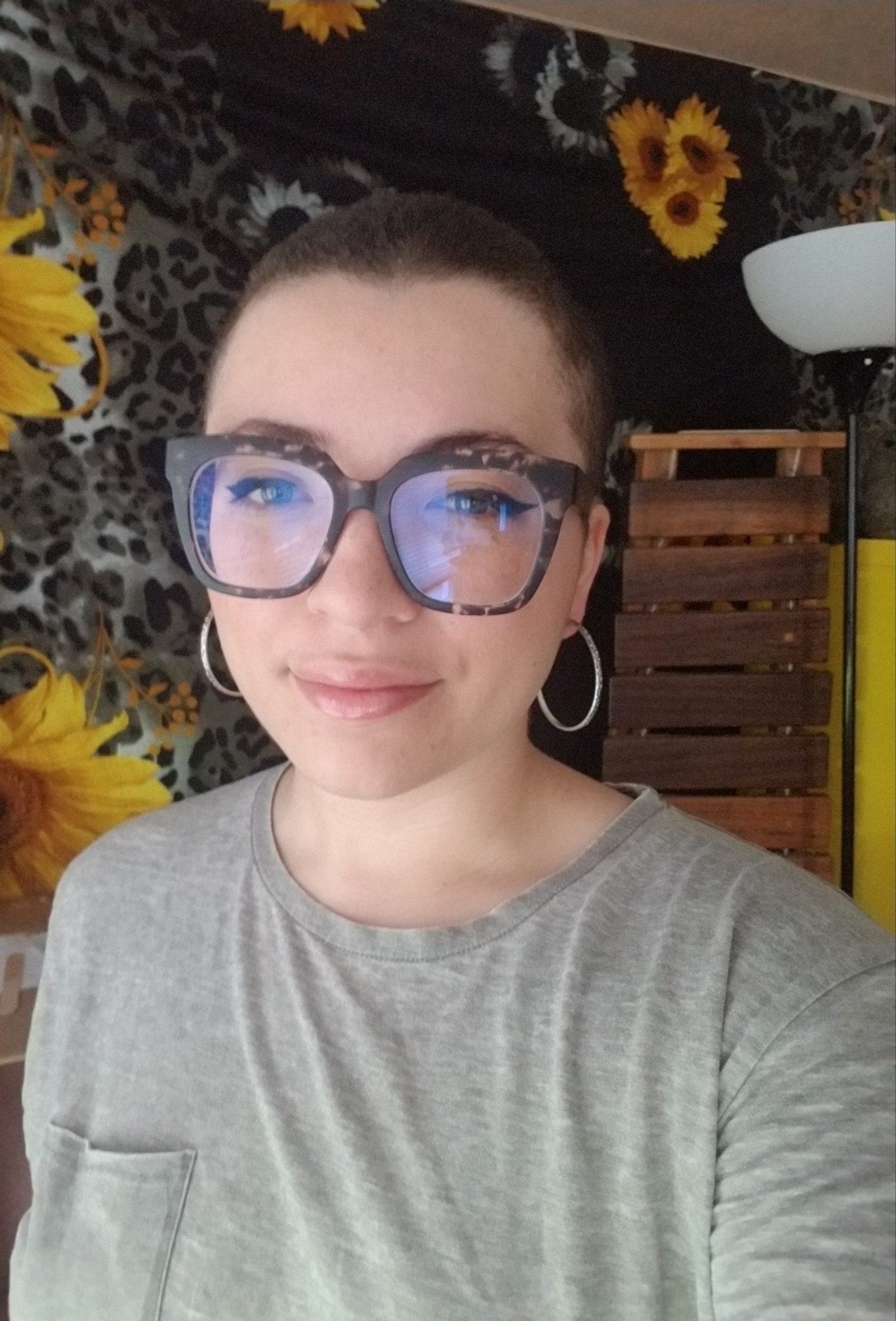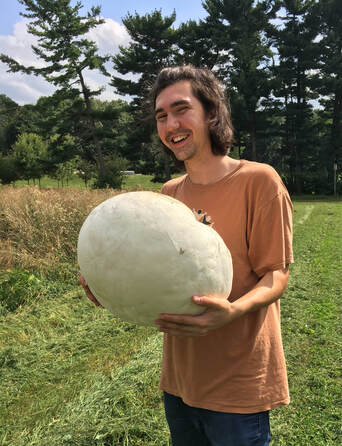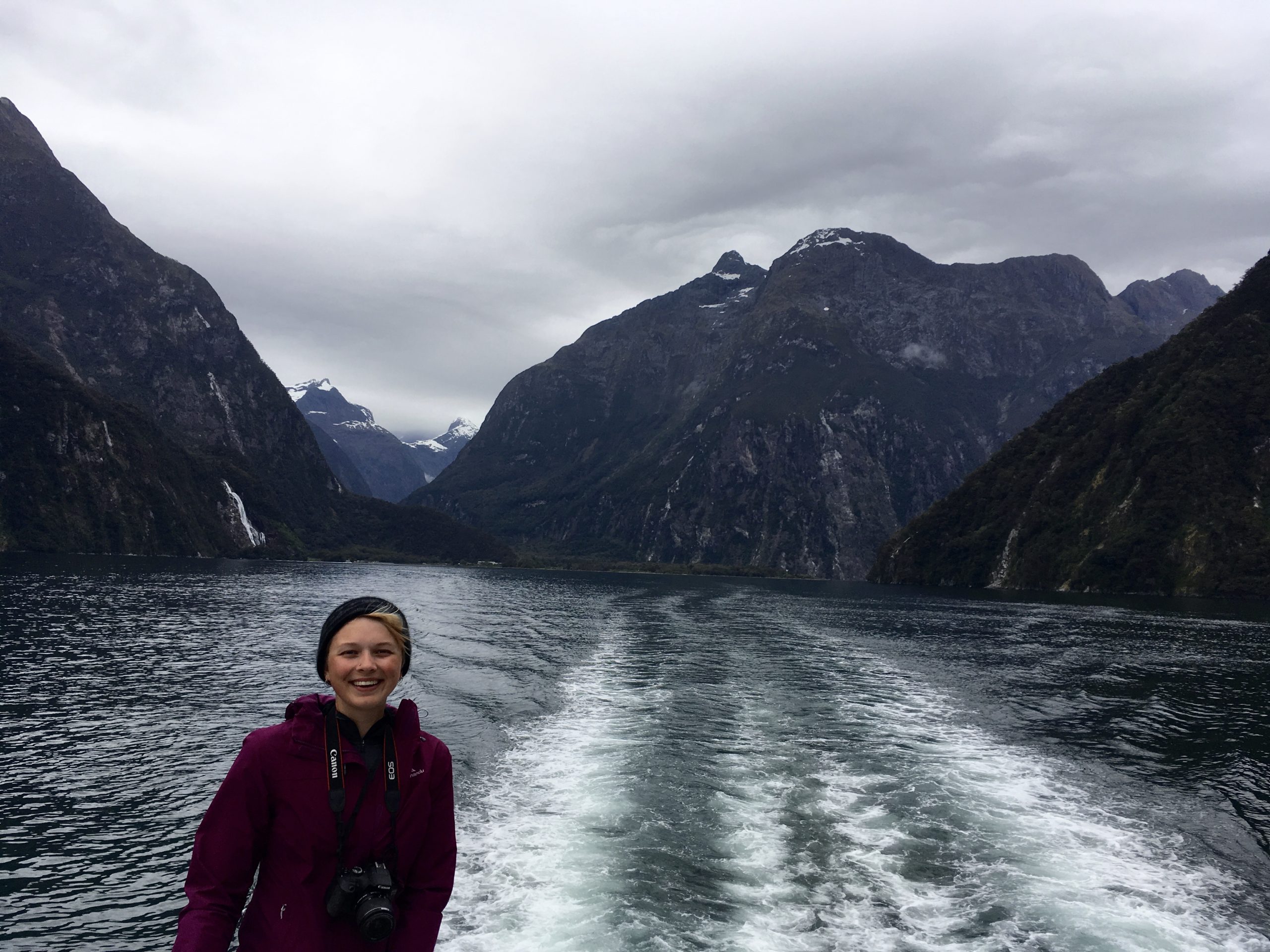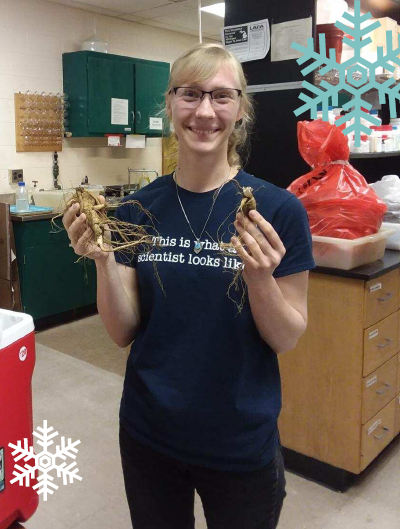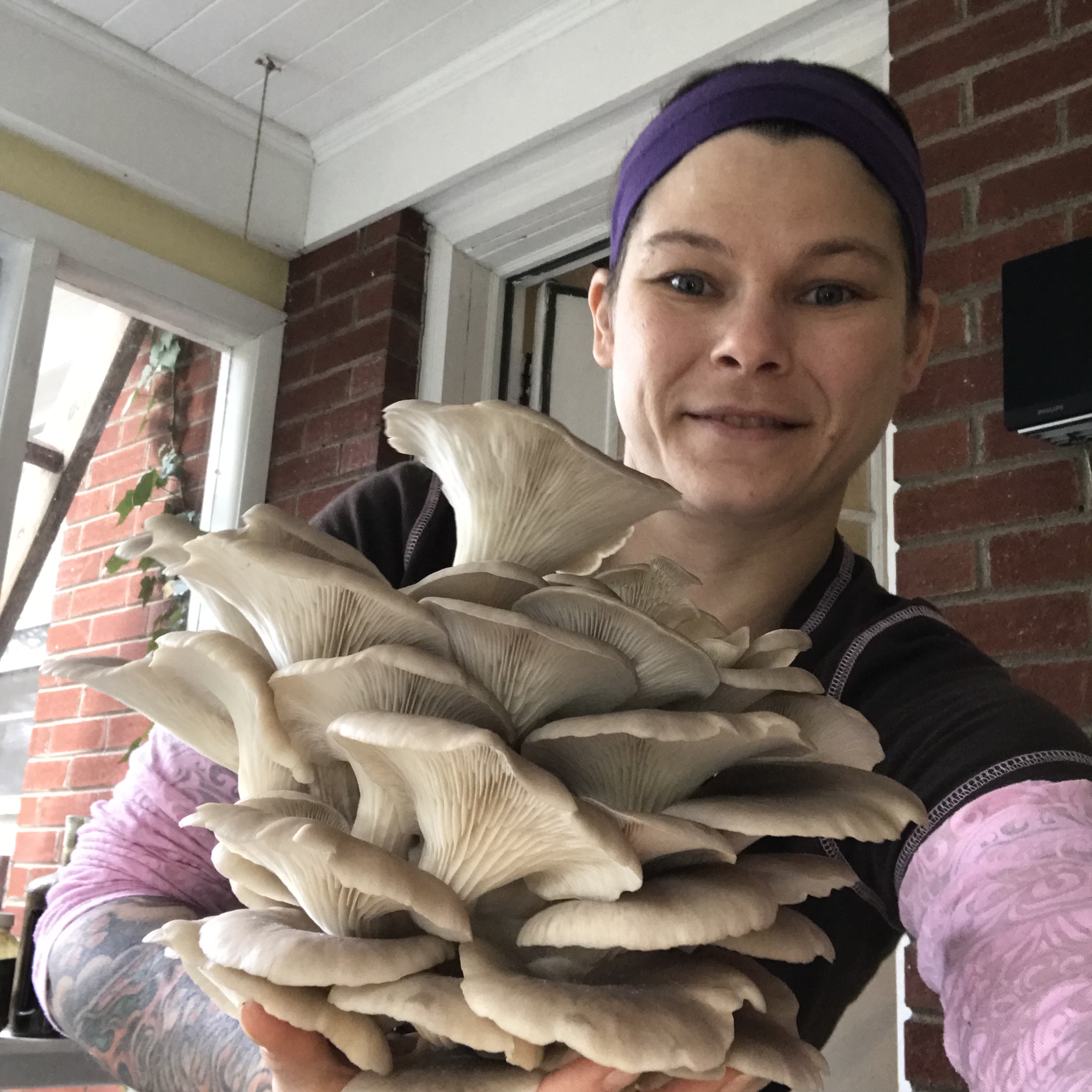Hi everyone!
The current board would like to introduce you to the nominees for the 2020-2021 Student Section Board. Look out for elections soon! 🙂
Chair – Robert Powers (University of Michigan)

I am a PhD candidate at the University of Michigan working in Tim James’ lab. My research is primarily focused on understanding the genetic, epigenetic and gene regulatory mechanisms during mating and heterokaryosis in the mushroom-forming members of the Agaricomycotina. Prior to my PhD studies, I received my Master’s degree from the University of Michigan, also in Tim James’ lab, studying both sexual selection and biogeography in the Coprinellus disseminatus species complex. My passion for mycology bloomed later in life – my undergraduate training was in computer science and ethnomusicology. I worked for ten years in the information technology sector in San Francisco before deciding that my true calling was mycology. I served previously as secretary followed by Vice-Chair of the MSA Student Section, and am transitioning to the Chair position because the Society and the Student Section were instrumental in helping me transition into mycology, and I would like to help bring my enthusiasm and passion for fungi to other students as well. My previous experience on an executive board was as a member of the Tech-Underground technology co-operative, a group that provides technology services to non-profit, community, and arts groups – a co-operative of which I was also a founding member.
Vice Chair – Tania Kurbessoian (University of California, Riverside)

My previous experience in school or organization affiliated volunteering has been occurring for the past 8 years. As an undergraduate and Masters student at Cal State Northridge I’ve worked with the local chapter of ASM (on my campus was called MSA too, Microbiology Students Association) as the Secretary, Treasurer then President for 4 years (2012-2016). I’ve organized, planned and executed many microbiology related events (Beer Brewing, Wine Making, Networking, CLS). For the past 5 years I have also been involved with my local mycological organization (Los Angeles Mycological Society- LAMS), setting up events at the OC Fair and the Natural History Museums to better engage with everyday folk and to get them interested in fungi! Coming to UC Riverside I began involving myself in the local Micro- GSA (Graduate Student Association) as an outreach coordinator, Vice President and now President. I was the Social Outreach coordinator at another organization called AWIS (Association for Women in Science), and am now the Co-President.- where we are interested in fostering stronger bonds for women in all parts of science, connecting them to proper mentors who can take them to the right places, and just being an overall support system for women in science. For 2019-2020 I was the Communications Chair and loved my experience working with the folks in this organization and would love to continue to do so. I believe organizations like yours only helps enrich the experience of being an early scientist and helps garner other skills that may not be available as just a student. Currently I am in the Stajich lab, studying the role of melanized fungi in biological crust systems through Microbiology, Computational Biology and Mycological techniques. Follow me on @BlackYeastUnleashed on Instagram and @BYUnleashed on Twitter for updates!My previous experience in school or organization affiliated volunteering has been occurring for the past 8 years. As an undergraduate and Masters student at Cal State Northridge I’ve worked with the local chapter of ASM (on my campus was called MSA too, Microbiology Students Association) as the Secretary, Treasurer then President for 4 years (2012-2016). I’ve organized, planned and executed many microbiology related events (Beer Brewing, Wine Making, Networking, CLS). For the past 5 years I have also been involved with my local mycological organization (Los Angeles Mycological Society- LAMS), setting up events at the OC Fair and the Natural History Museums to better engage with everyday folk and to get them interested in fungi! Coming to UC Riverside I began involving myself in the local Micro- GSA (Graduate Student Association) as an outreach coordinator, Vice President and now President. I was the Social Outreach coordinator at another organization called AWIS (Association for Women in Science), and am now the Co-President.- where we are interested in fostering stronger bonds for women in all parts of science, connecting them to proper mentors who can take them to the right places, and just being an overall support system for women in science. For 2019-2020 I was the Communications Chair and loved my experience working with the folks in this organization and would love to continue to do so. I believe organizations like yours only helps enrich the experience of being an early scientist and helps garner other skills that may not be available as just a student. Currently I am in the Stajich lab, studying the role of melanized fungi in biological crust systems through Microbiology, Computational Biology and Mycological techniques. Follow me on @BlackYeastUnleashed on Instagram and @BYUnleashed on Twitter for updates!
Secretary – KC Cifizzari (Washington State University)

My name is KC and I’m a Master’s student in Biology at Washington State University in Tri-Cities, WA. My current research is looking at mycorrhizal fungal inoculants and the impact on grapevine growth and nutrient uptake. I have been interested in mycorrhizal fungi for several years and have examined them in the majority of my projects to some capacity. I first joined MSA in 2016 but need to update and renew my student membership. I am interested to expand my myco-horizons to learn more about other types of fungi and research that folks are doing in this field. As an undergraduate at Indiana University I served as secretary for an organization called Grad Queers which served to network and organize LGBTQ graduate students on campus. While in that position I handled monies and kept the group’s leger. I look forward to more opportunities to connect with like-minded folks in different parts of the country and would be happy to serve as secretary for the MSA executive board.
Webmaster – Maria-Jose Romero-Jimenez (Oregon State University)

Hi! My name is María-José Romero-Jiménez and I am finishing my Master’s at Western Illinois University. I am currently doing research at Dr. Andrea Porras-Alfaro Fungal Ecology laboratory characterizing Darksidea species and the effect they have on grasses. This Fall I will start a PhD at Oregon State University at Posy Busby’s lab. I have attended several MSA meetings and always enjoyed the great environment. For the past year I have been the webmaster for the Student Section and liked it! I would like to support and bring more to the society through the webmaster position of the Student Section Website. At WIU I am the vice-president of the Biology Graduate Student Association and we participate in several outreach activities like Biology Day, Discover Western and Girl Scout STEM. If we are aware of a conference, we send emails with deadlines for registrations and abstract submission. I also was a co-chair for the Midwest Ecology and Evolution Conference this year. As a member of the Fungal Ecology Lab, I co-coordinated the botany section of Harry Potter Summer Camp and helped in other outreach activities. One of the things I like is sharing with everyone our work and the outreach activities we do either on the Facebook page of the lab.
Merch Chair – Samantha Lynn Harrow (University of Wisconsin – Madison)

Lynn is a Ph.D. candidate in the Pringle lab in the Department of Botany at UW-Madison and has a background in synthetic organic chemistry, natural products chemistry, and plant ecology. Her primary interests are centered on the biochemistry and ecology of plant and fungal secondary compounds. Her current research focuses on the population genomics and biosynthetic pathway of toxins in Amanita phalloides. She is using bioinformatics, genomics, and heterologous expression to understand the genetic underpinnings of this system as well as the intraspecific variation of individuals across North America and Europe.
Communication Chair – Gillian Bergmann (University of California, Davis)

Gillian is currently working as a lab technician at Oregon State University, and will be starting as a Ph.D. student in the UC Davis Ecology program this fall to study seed mycobiome assembly. During her bachelor’s degree at Oregon State, Gillian was the OSU Cycling Club media coordinator and the OSU Mycology Club webmaster for several years. In these positions, Gillian shared club updates on their respective websites and social media platforms, acted as club photographer, and worked with club members to gather event photos for dissemination online. She also redesigned the website for the OSU Cycling Club, and set up the OSU Mycology Club website as it’s first media officer. As a lab technician, she assisted in revitalizing the OSU Mycology Club, and is working with Dr. Jessie Uehling to establish social media accounts for the Oregon Mycoflora Project. She also uses her personal website to share her research and experiences as an early career scientist. When she participated in the MSA meeting last year, she was struck by how welcoming and supportive everyone in the student section was. Gillian would like to contribute to supportive community through serving as the communication chair.
Treasurer – Soleil Young (University of Wisconsin – Madison)

I am currently a second-year graduate student in the Currie lab at UW-Madison, where I study the evolution of the fungal cultivar of leaf-cutting ants. I am particularly interested in how mutualisms shape the dynamics of sexual reproduction in microbial eukaryotes, and the active role that fungal mutualists play in establishment and maintenance of symbioses. The fungi have agency too! I am running for treasurer because I want to get more involved in the MSA student section and contribute to a society that has been welcoming and informative. I did my undergraduate work on bacteria, and only recently transitioned to studying fungi, but many members of MSA have mentored me during this transition. Although I have never served as a treasurer, during my undergraduate at Syracuse University, I was the managing editor of my school’s LGBTQ magazine, The OutCrowd, for three years. I am also currently working on a zine highlighting both historical women in science who have been largely overlooked or had their accomplishments stolen by male counterparts, and current women scientists involved in science communication.
Postdoctoral Representative – Arthur Grupe (University of Colorado, Boulder)

Hello! I am Arthur Grupe, a Post-Doctoral Scholar at University of Colorado Boulder with Dr. Alisha Quandt. I study host jumping in entomopathogenic fungi. Prior to this, I studied the ecology and systematics of the pecan truffle (Tuber lyonii) and related species in commercial pecan orchards in Georgia. This work at the University of Florida (UF) with Dr. Matthew Smith led to my PhD. Before that I studied diversity and evolution of tooth fungi (Sarcodon species) from Central and South America at Humboldt State University with Dr. Terry Henkel for my Master’s thesis. My leadership experience includes being president of the local mycology club, Florida Academic Lichen and Fungal Enthusiasts League (F.A.L.A.F.E.L.) at UF and regular contributions to citizen scientist projects such as the Mycoflora project and macrofungal identification special interest groups on social media. My mentoring experience includes training undergraduate and high school researchers, and receiving excellent mentorship at multiple career phases. My goals for being the post doc representative on the MSA Student Section would be to organize workshops/discussions on: 1) Being a competitive candidate for permanent jobs in academia or industry; 2) Post Doc Life: how to manage? 3) mental health resources and strategies (we all know this is a weird spot in our career); 4) diversity and inclusion in academia; 5) successful techniques for teaching/creating undergrad/grad classes that utilize an inclusive pedagogy; 6) your idea! Thank you for your time and consideration.

